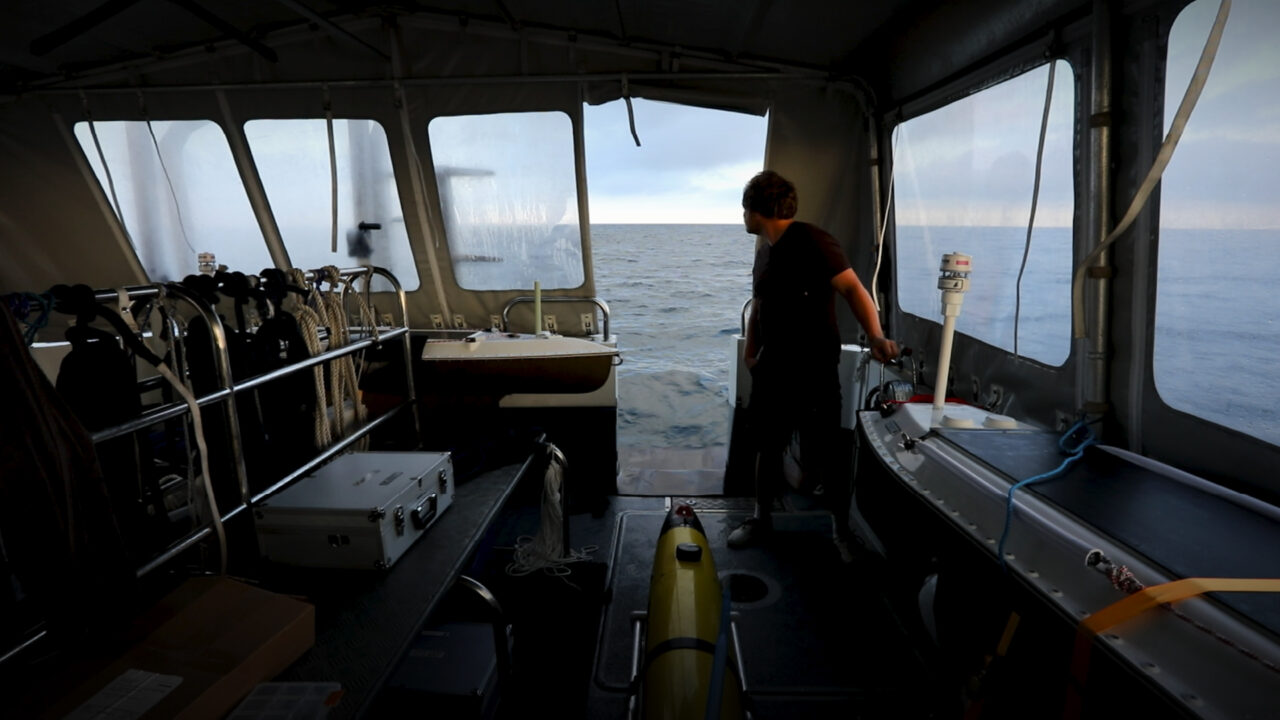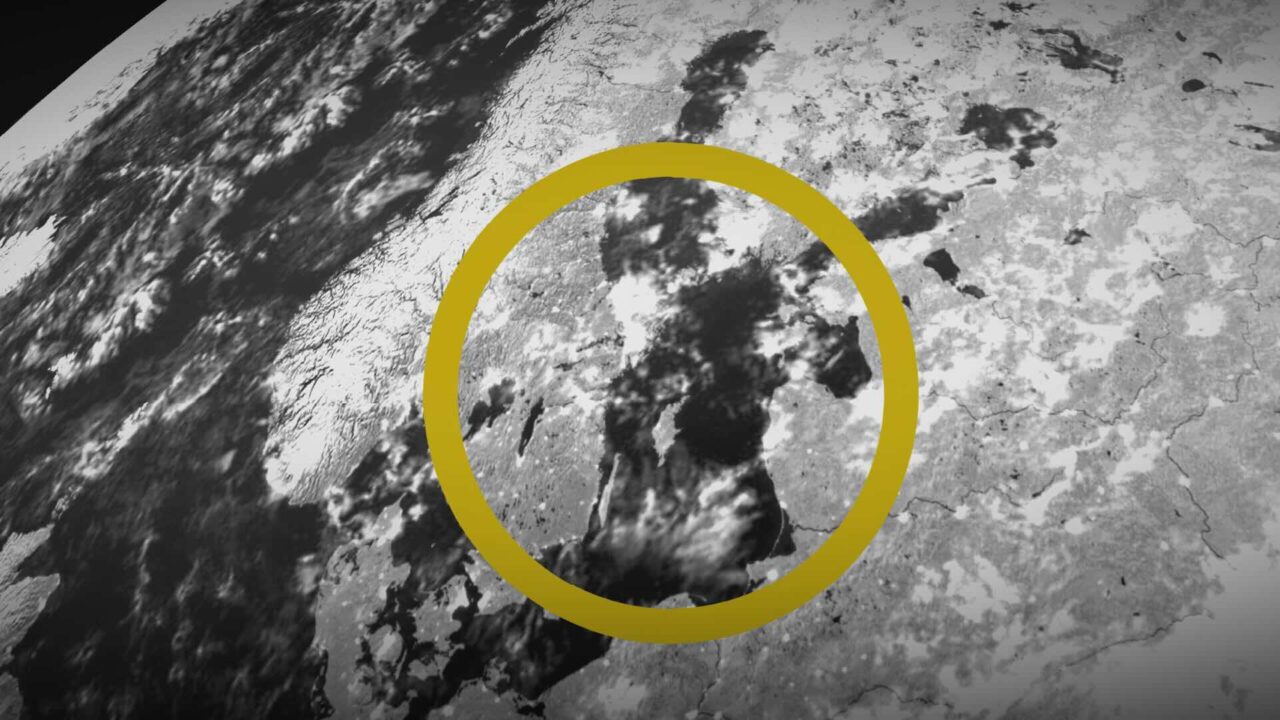
The Baltic Sea is grappling with a severe ecological crisis primarily marked by oxygen depletion, leading to extensive dead zones. Human activities, including industrial processes and nutrient-rich agricultural runoff, have fueled the growth of algae, contributing to oxygen-starved conditions. These anoxic zones threaten marine life, disrupting ecosystems and fisheries.

NASA has identified several hundred marine dead zones around the world. A dead zone is an area in the ocean where the oxygen level is too low for marine life to survive. Some of them occur naturally, but most of them are man-made. Seven out of the world's ten largest dead zones are in the Baltic Sea. The biggest dead zone in the Baltic Sea is almost the size of Ireland.